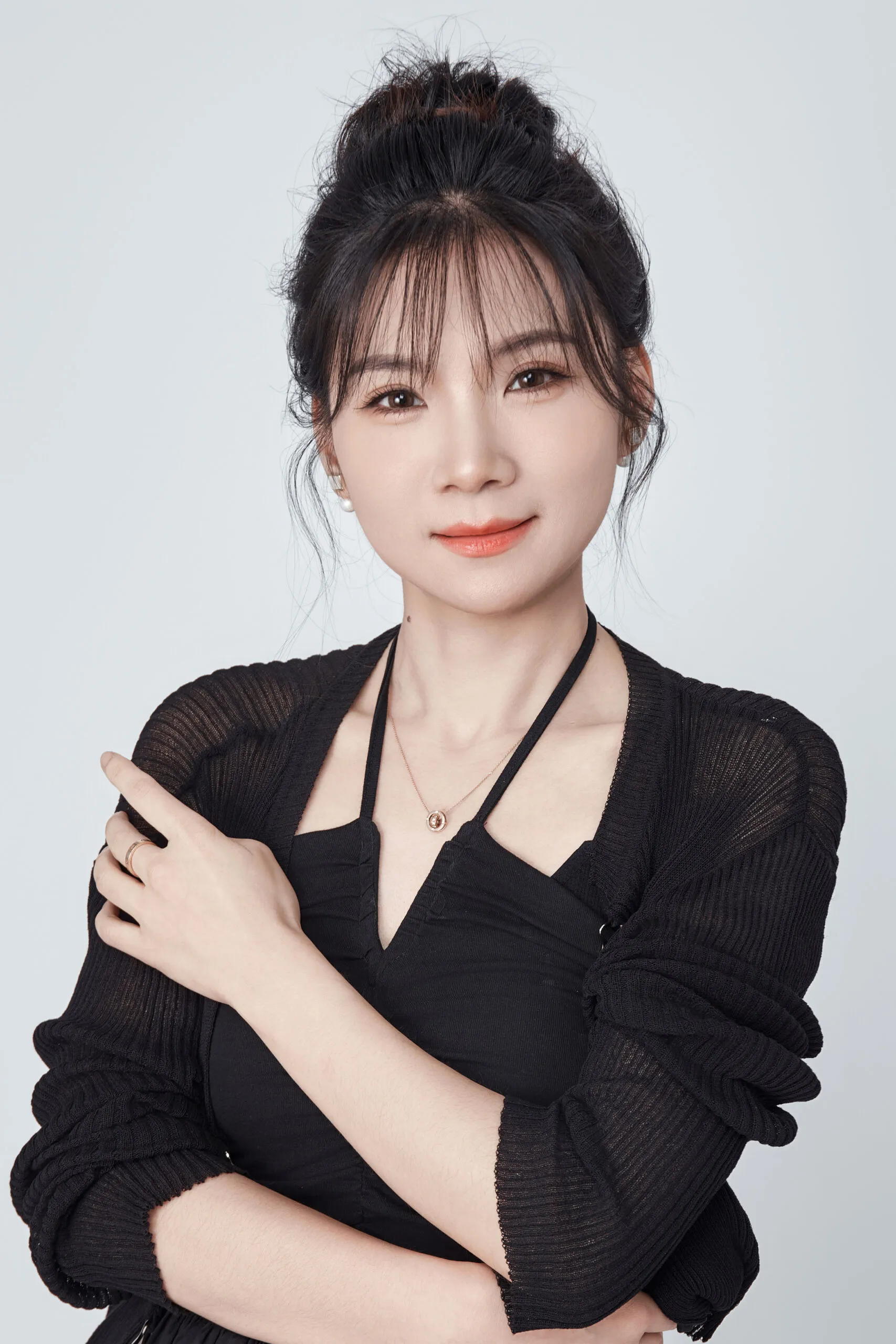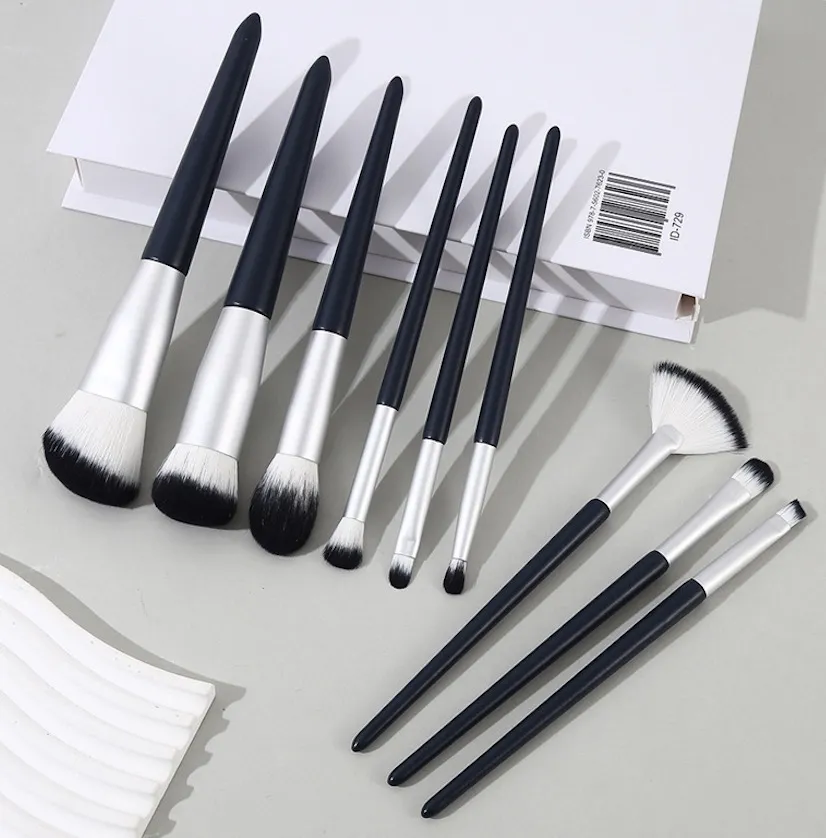You want to launch an "eco-friendly" brush line, but you’re worried about greenwashing1. Choosing the wrong supplier could mean your sustainable claims are empty, damaging your brand’s credibility.
eco-friendly makeup brushes2 reduce environmental impact by using verified materials—vegan or rPET bristles, ferrules with high recycled aluminum content, and FSC-certified bamboo or wood handles—paired with minimal, recyclable packaging and durability-focused design to lower lifetime waste and emissions.
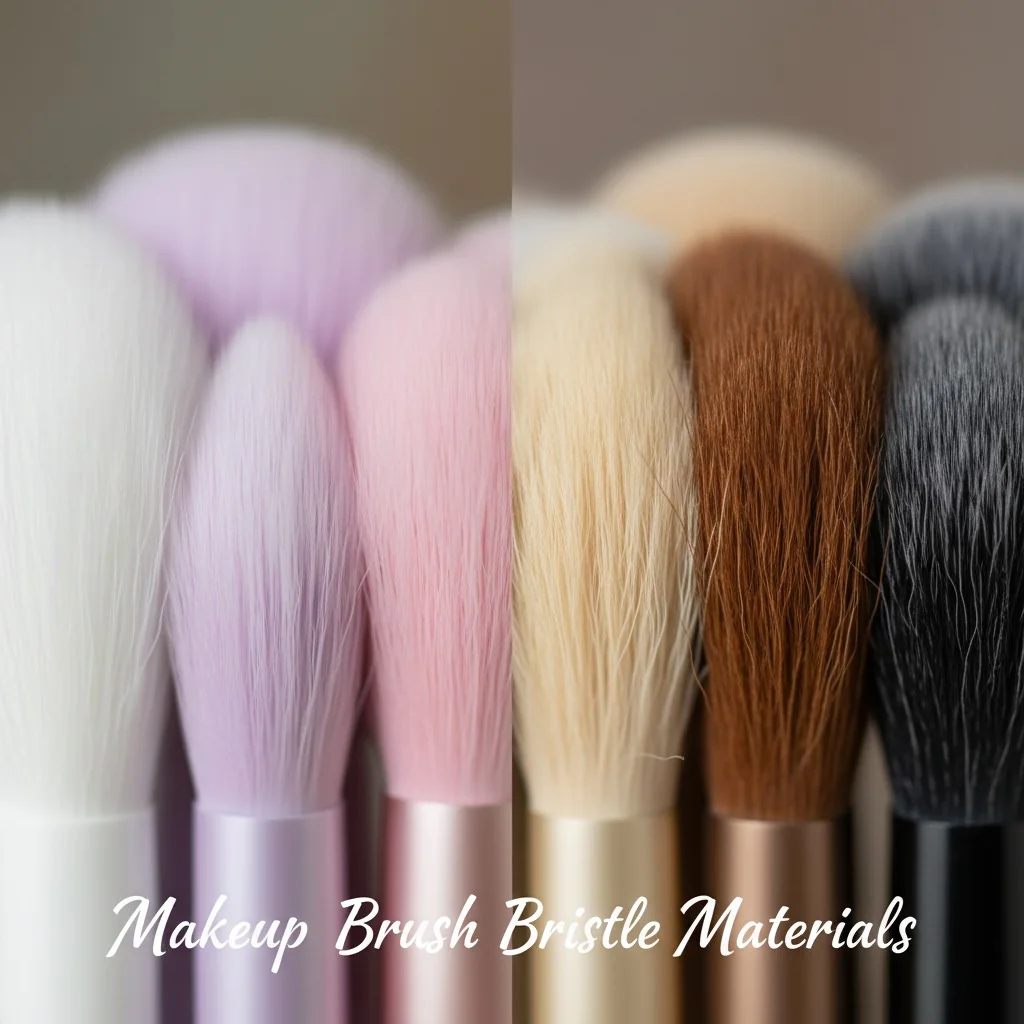
When I first started working on the factory floor, I saw how every single component was chosen. Often, the decisions were based only on cost, not on impact. Now, as a factory owner myself, I help brand founders like you make choices that are good for your brand and the planet. It’s easy to get lost in buzzwords like "green" or "natural." But what do they really mean when it comes to a makeup brush?
Let’s break down the real factors that determine a brush’s environmental footprint. We’ll look at the data, the documents, and the design details that separate true sustainability from simple marketing. This is the knowledge you need to build a brush line with integrity.
All makeup brushes with bamboo handles are automatically sustainable.False
Sustainability depends on verified sourcing. Without an FSC Chain-of-Custody certificate, the bamboo could contribute to deforestation or unethical labor practices.
Using recycled aluminum for ferrules can reduce the energy required for production by up to 95%.True
This is a well-established industry benchmark. Sourcing secondary (recycled) aluminum avoids the incredibly energy-intensive process of mining and refining virgin bauxite ore.
How do bristles, ferrules, and handles change your brush’s footprint?
Choosing your materials feels overwhelming with so many options. A wrong choice, based on a misleading claim, could accidentally increase your environmental footprint and mislead your customers. Let’s compare the key components.
To measurably cut your brush’s footprint, you need to look at each part. Prioritize vegan bristles made from rPET, ferrules with high recycled aluminum3 content, and handles made from FSC-certified bamboo or wood. These choices directly reduce energy use, waste, and deforestation risk.
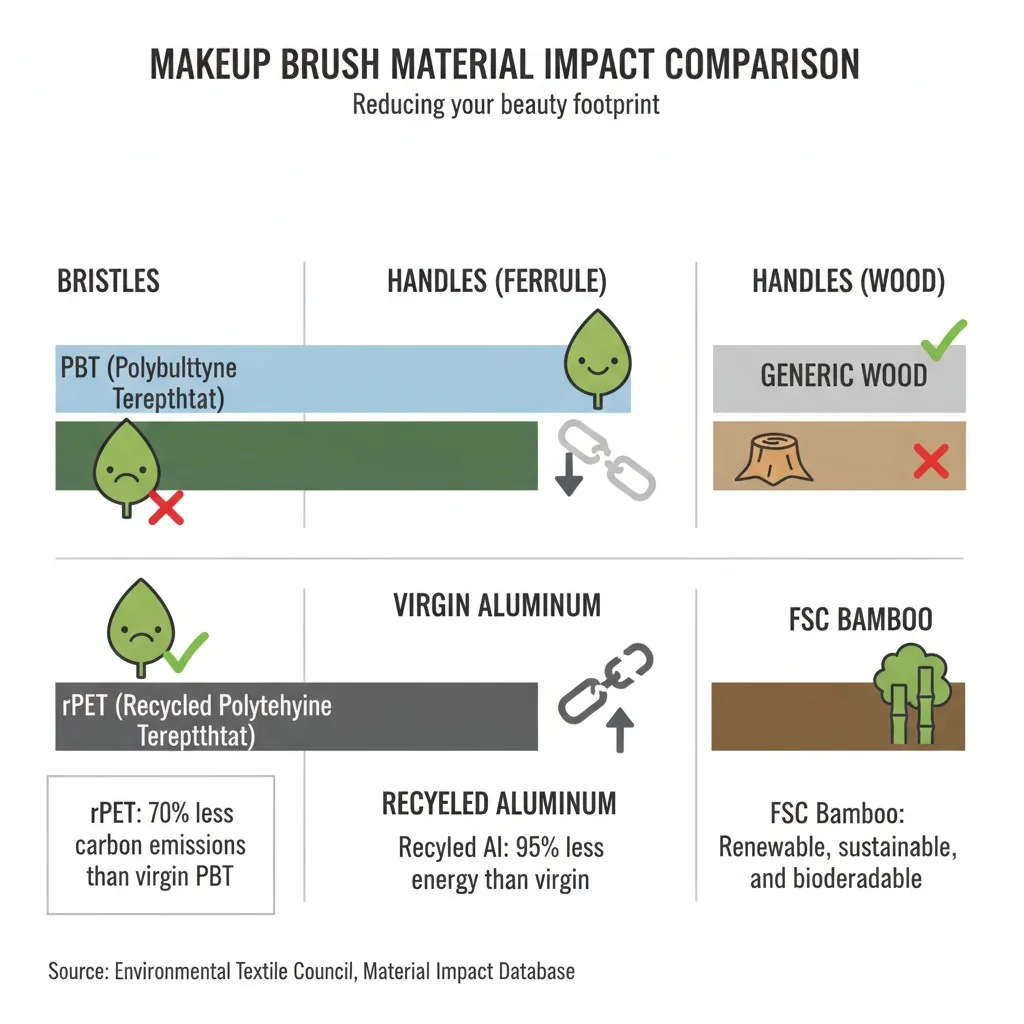
A makeup brush is an assembly of three core parts: the bristles, the ferrule (the metal part), and the handle. Your environmental impact is the sum of these parts. I’ve seen brands focus on just one "eco" material, like a bamboo handle, while ignoring the others. A truly sustainable approach requires a holistic view. Let’s use some data to guide our choices.
Brush Component Impact Checklist
| Component | Standard Material | Eco-Conscious Alternative | Key Impact Reduction |
|---|---|---|---|
| Bristles | Virgin PBT/Taklon | Recycled PET (rPET) | Reduces reliance on virgin plastics. |
| Animal Hair | Vegan Synthetics | Eliminates animal welfare risks; more hygienic. | |
| Ferrule | Virgin Aluminum | Recycled Aluminum (≥70%) | Cuts embodied energy by up to 95%. |
| Handle | Generic Wood/Plastic | FSC-certified bamboo4/Wood | Prevents deforestation; ensures responsible forestry. |
Using a Life Cycle Assessment (LCA) approach helps quantify these differences. For example, the energy needed to produce recycled aluminum is dramatically lower than for virgin aluminum. For handles, demanding Forest Stewardship Council (FSC) certification ensures the wood or bamboo comes from a responsibly managed forest. It’s not just about the material itself, but its origin story.
Synthetic bristles are always more eco-friendly than natural animal hair.False
It's nuanced. Synthetic bristles are cruelty-free and hygienic, but virgin polymers have high embodied energy. Natural hair is biodegradable but comes with ethical concerns. The best choice depends on your brand's values and sourcing verification.
rPET bristles are made from recycled water bottles and other plastic waste.True
rPET stands for recycled polyethylene terephthalate. Using it for bristles gives post-consumer waste a second life and reduces the demand for new fossil-fuel-based plastics.
What certifications and documentation must OEM buyers demand?
You hear suppliers make big promises about being "eco," "vegan," or "sustainable." But without proof, you’re risking your brand’s reputation and your customers’ trust on empty claims. Here is the exact paperwork you need to demand.
To protect your brand, you must demand and verify specific documents. Ask for an FSC Chain-of-Custody certificate for wood, a GRS certificate for recycled content like rPET and aluminum, and PFAS-free5 test reports. This paperwork is non-negotiable for retailer compliance and brand integrity.
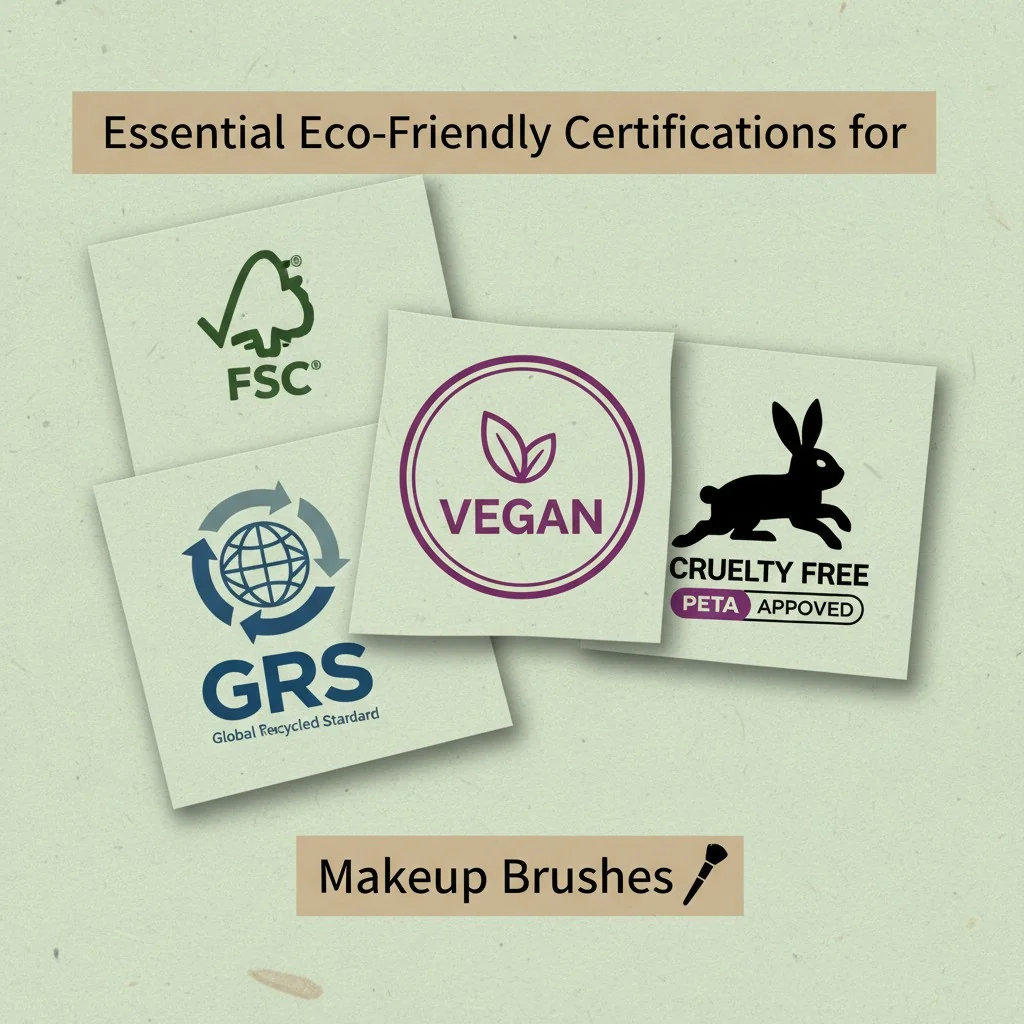
One of the biggest frustrations I hear from brand founders is the difficulty in verifying claims. A supplier says a handle is FSC-certified, but can they prove it? This is where you have to be a detective for your own brand. Vague promises are a red flag. Real, sustainable sourcing comes with a paper trail.
Your Essential Documentation Checklist:
- FSC for Handles: Don’t just accept the logo. Ask for the supplier’s FSC Chain-of-Custody (CoC) code. You can and should verify this code in the public FSC database to ensure it’s active and applies to the products you’re buying.
- GRS for Recycled Content: For rPET bristles or recycled aluminum ferrules, ask for a Global Recycled Standard (GRS) certificate. This standard verifies the recycled content and tracks it from the source to the final product. It also ensures responsible social and environmental processing.
- PFAS-Free Declarations: Many coatings and adhesives can contain "forever chemicals" (PFAS). Ask your supplier for a declaration and, if possible, third-party test reports confirming your brushes are PFAS-free.
- Vegan/Cruelty-Free Nuance: Be precise. "Cruelty-free" means no animal testing. "Vegan" means no animal-derived ingredients. A brush can be both, but these labels don’t automatically mean it has a low environmental footprint. Clearly define what you’re claiming to your customers.
This documentation isn’t just for marketing; it’s for risk management. Retailers are cracking down on greenwashing, and having your paperwork in order makes you a reliable, audit-ready partner.
A supplier's website showing an FSC logo is sufficient proof of certification.False
Logos can be used without permission. You must request the supplier's specific Chain-of-Custody (CoC) code and verify its validity and scope in the official FSC public database.
GRS certification covers both the recycled material content and the responsible manufacturing process.True
The Global Recycled Standard verifies recycled content claims while also setting criteria for social, environmental, and chemical practices in production, offering a more holistic view of sustainability.
How can durability and care reduce lifetime emissions and cost?
You spend so much time perfecting your product’s materials. But what happens after the sale? A brush that sheds, breaks, or falls apart quickly creates waste, negative reviews, and angry customers.
A durable, well-made brush is a sustainable brush. It reduces waste and emissions by avoiding the need for replacements. Focus on dense fiber quality, strong adhesive systems, and tight ferrule construction. Providing clear cleaning guidance also extends the brush’s service life significantly, lowering its lifetime impact.
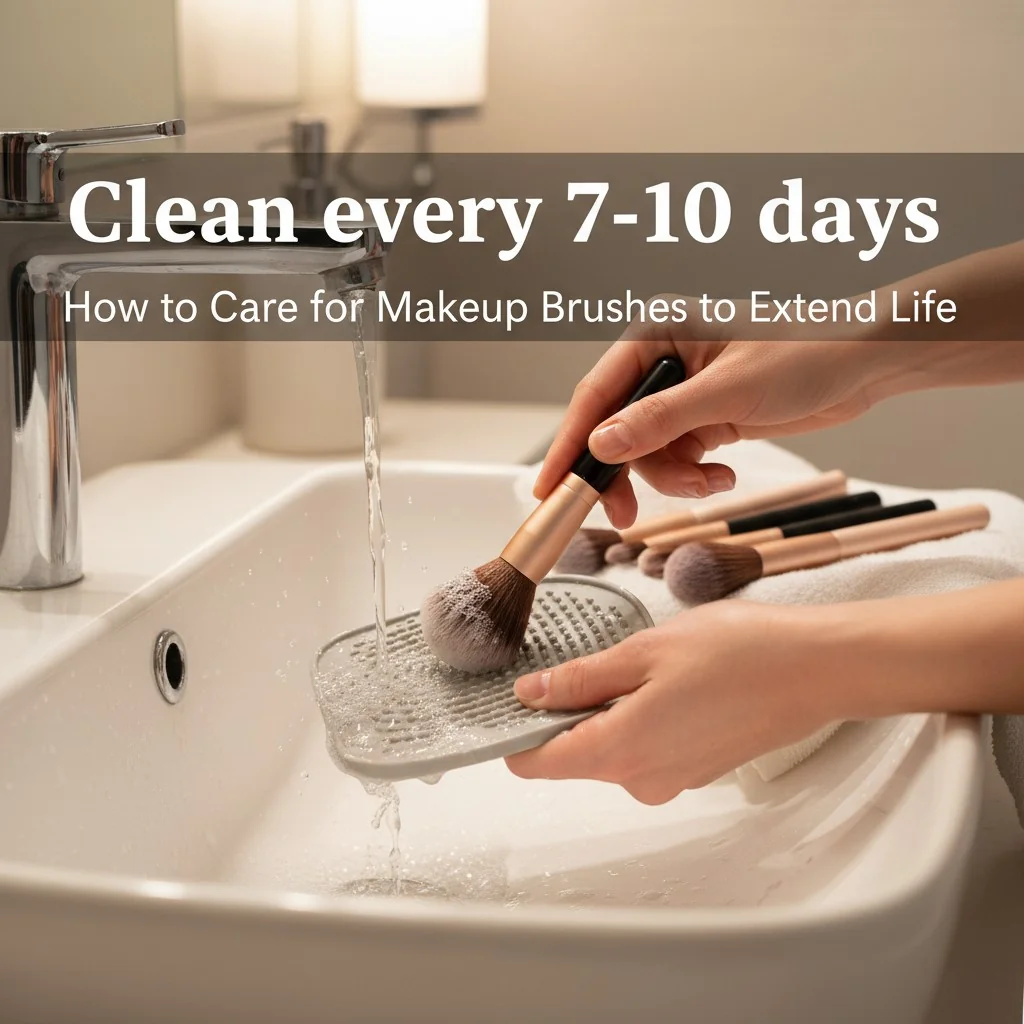
The most sustainable product is the one you don’t have to replace. In the brush world, longevity is a key feature of sustainability. From my experience on the factory floor, I know exactly where brushes fail. It’s often in the small details that are invisible to an untrained eye.
Designing for a Longer Life:
- Fiber Choice and Density: High-quality, dense PBT/Taklon fibers are less prone to breakage and shedding. Their smooth surface also resists bacterial growth, making them more hygienic over time.
- The Glue System: The adhesive that holds the bristles in the ferrule is critical. It must be strong enough to withstand repeated washing with soaps and water. We test our glues to ensure they hold up for years, not months.
- Ferrule Fit: A ferrule that is properly crimped and fitted to the handle prevents wobbling and eventual breakage. This small mechanical detail makes a huge difference in how long a brush lasts.
Beyond manufacturing, you can empower your customers. Include a simple care guide with your brushes. Advise them to clean brushes every 7-10 days and to dry them with the bristles pointing down or flat to protect the glue. This simple education reduces customer complaints and reinforces your brand’s commitment to quality and longevity. A brush that lasts for years is a testament to your brand’s value.
Washing makeup brushes too often will ruin them.False
Proper, regular cleaning actually extends a brush's life. Cleaning every 7-10 days removes product buildup and oils that can degrade bristles and the adhesive holding them in place.
A brush's environmental impact ends once it is sold to the customer.False
The 'use phase' is a major part of a product's lifecycle. Factors like how often it's replaced and the hot water used for cleaning contribute significantly to its total environmental footprint.
How can you cut waste and win retailer compliance?
You’ve perfected the brush itself, but the packaging is often an afterthought. In the beauty industry, packaging is a massive problem. It’s often the biggest source of waste and can even get your product rejected by top retailers.
The beauty industry generates around 120 billion packaging units each year, but only about 9% are actually recycled. To make a real difference, prioritize reduction first. Use minimal, mono-material, and easily recyclable packaging with soy inks to cut waste and meet strict retailer standards.
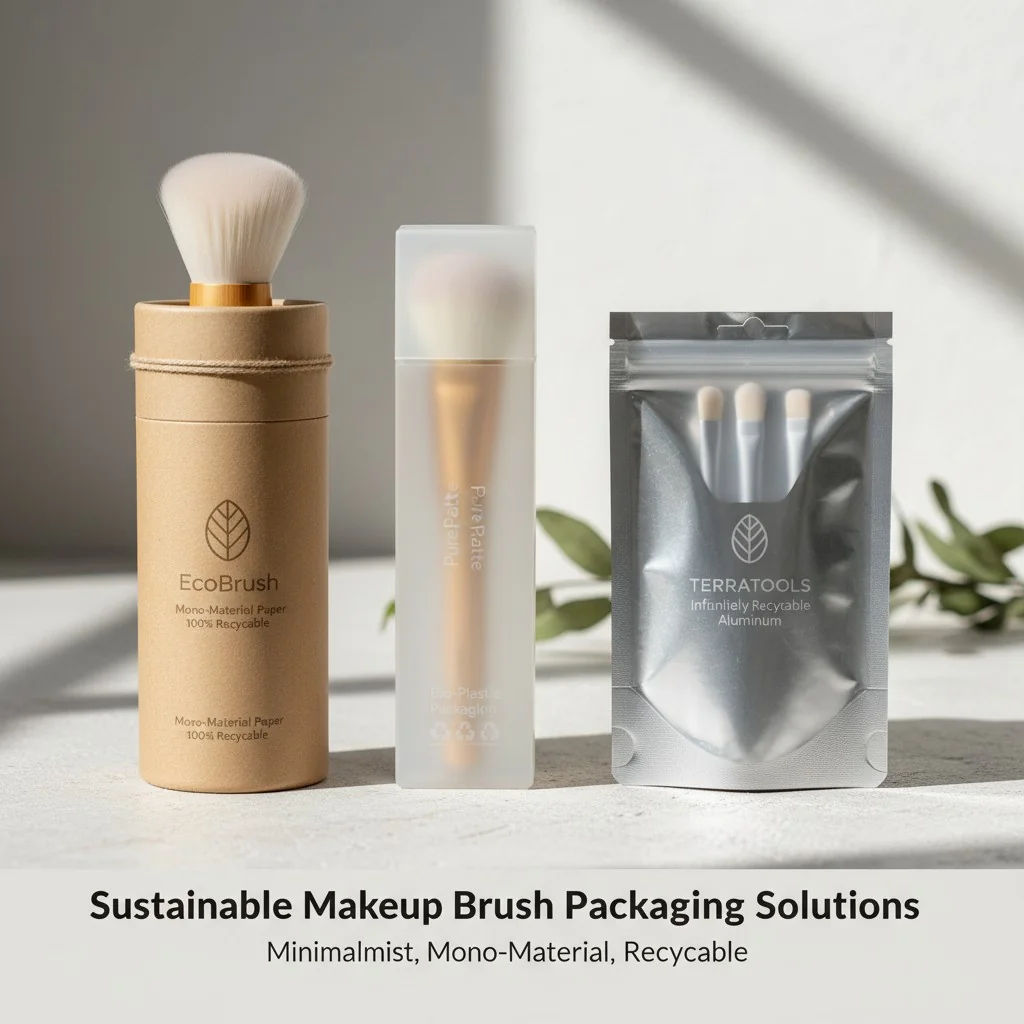
The numbers are staggering and honestly, a little depressing. When you realize that about a third of all landfill waste is tied to personal care packaging, it becomes clear that this is a huge hotspot. But for a brand founder, this is also a huge opportunity to stand out.
Smart Packaging Strategies:
| Strategy | Action | Why It Matters |
|---|---|---|
| Reduction | Eliminate unnecessary layers, windows, and inserts. | The most effective way to reduce waste is to not create it in the first place. |
| Simplification | Use mono-material designs (e.g., all paper/cardboard). | Mixed materials (like plastic windows on cardboard boxes) are difficult to separate and rarely get recycled. |
| Material Choice | Opt for FSC-certified paper, PCR plastic, or compostable materials. | Ensures the materials you do use come from responsible sources or give waste a second life. |
| Retailer Alignment | Design packaging to meet standards from retailers like Sephora, Credo, and Target. | This is critical for getting shelf space and shows you are a forward-thinking partner. |
When I work with brands, we set clear goals: reduce packaging weight by 20%, switch to 100% recyclable mono-materials, or design a box that can be reused for storage. By quantifying your efforts, you create a powerful story for your customers and a compelling case for retail buyers. Smart packaging isn’t just good for the planet—it’s good for business.
If a package has a recycling symbol on it, it will be recycled.False
This is a common misconception. Recyclability depends on local facilities, material type, and whether the item is clean and sorted correctly. Only about 9% of beauty packaging is actually recycled.
Mono-material packaging is more likely to be recycled than mixed-material packaging.True
Recycling facilities can process single streams of material (like all paper or all PET plastic) much more efficiently. Mixed materials often contaminate the stream and are sent to landfill.
Conclusion
Making truly eco-friendly brushes means looking beyond labels. Focus on certified materials, durable design, and smart packaging. This builds a brand your customers will trust for years to come.
References
-
Learn how to spot greenwashing in products and make informed choices for truly sustainable options. ↩
-
Discover how eco-friendly makeup brushes can reduce environmental impact and promote sustainability in beauty. ↩
-
Learn about the significant energy savings and environmental benefits of using recycled aluminum in products. ↩
-
Understand the importance of FSC certification in promoting responsible forestry and sustainable sourcing. ↩
-
Learn about the health and environmental risks of PFAS and the importance of PFAS-free products. ↩

